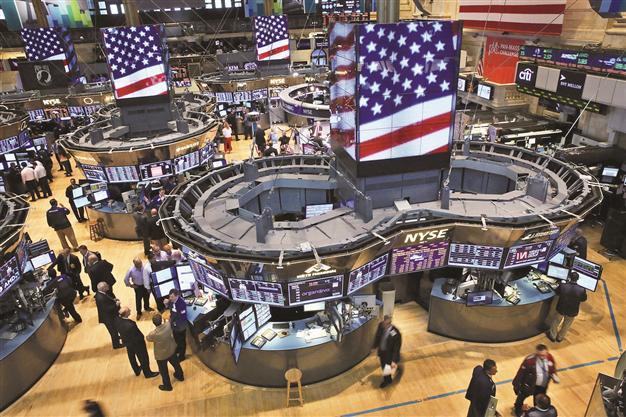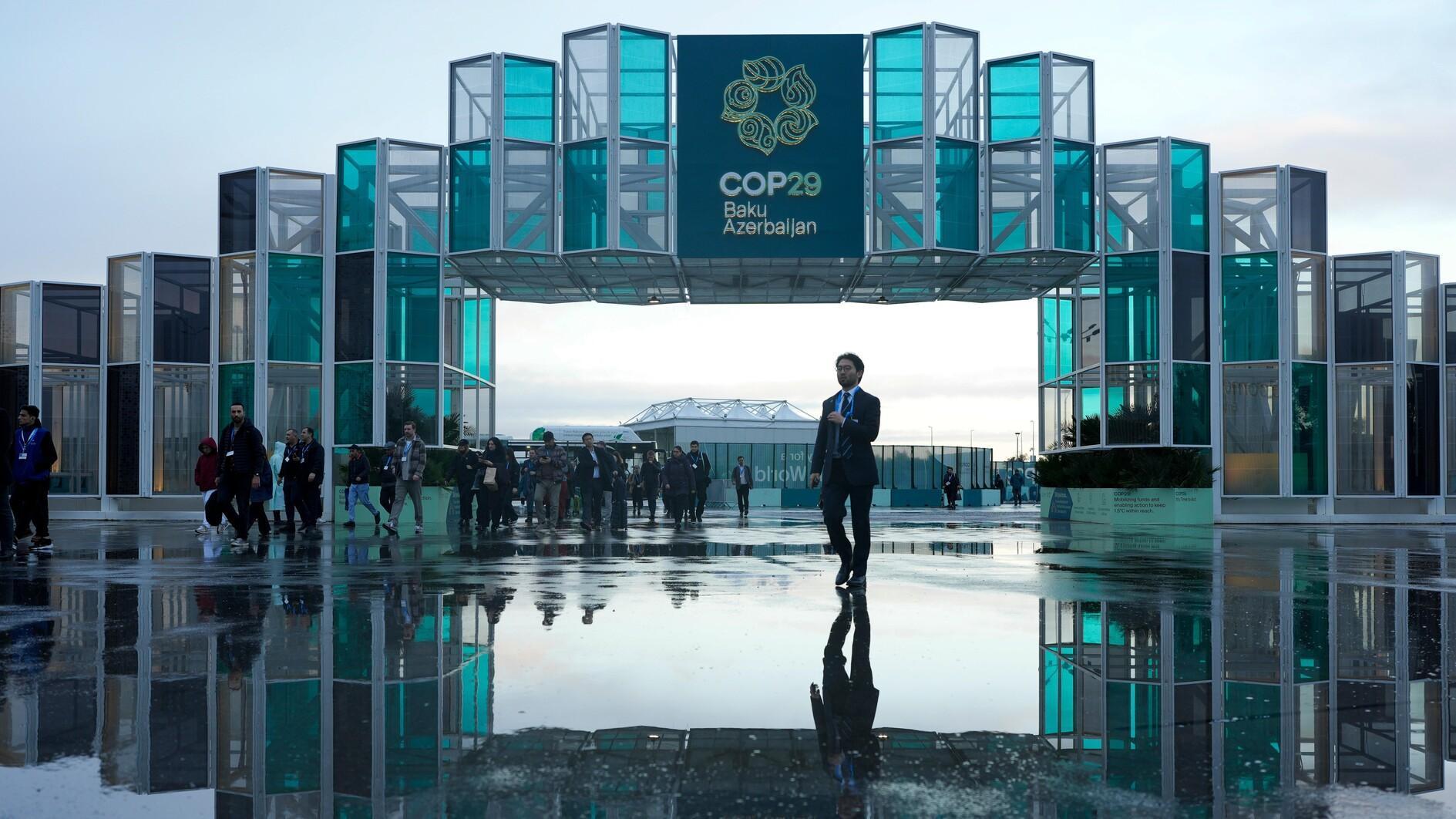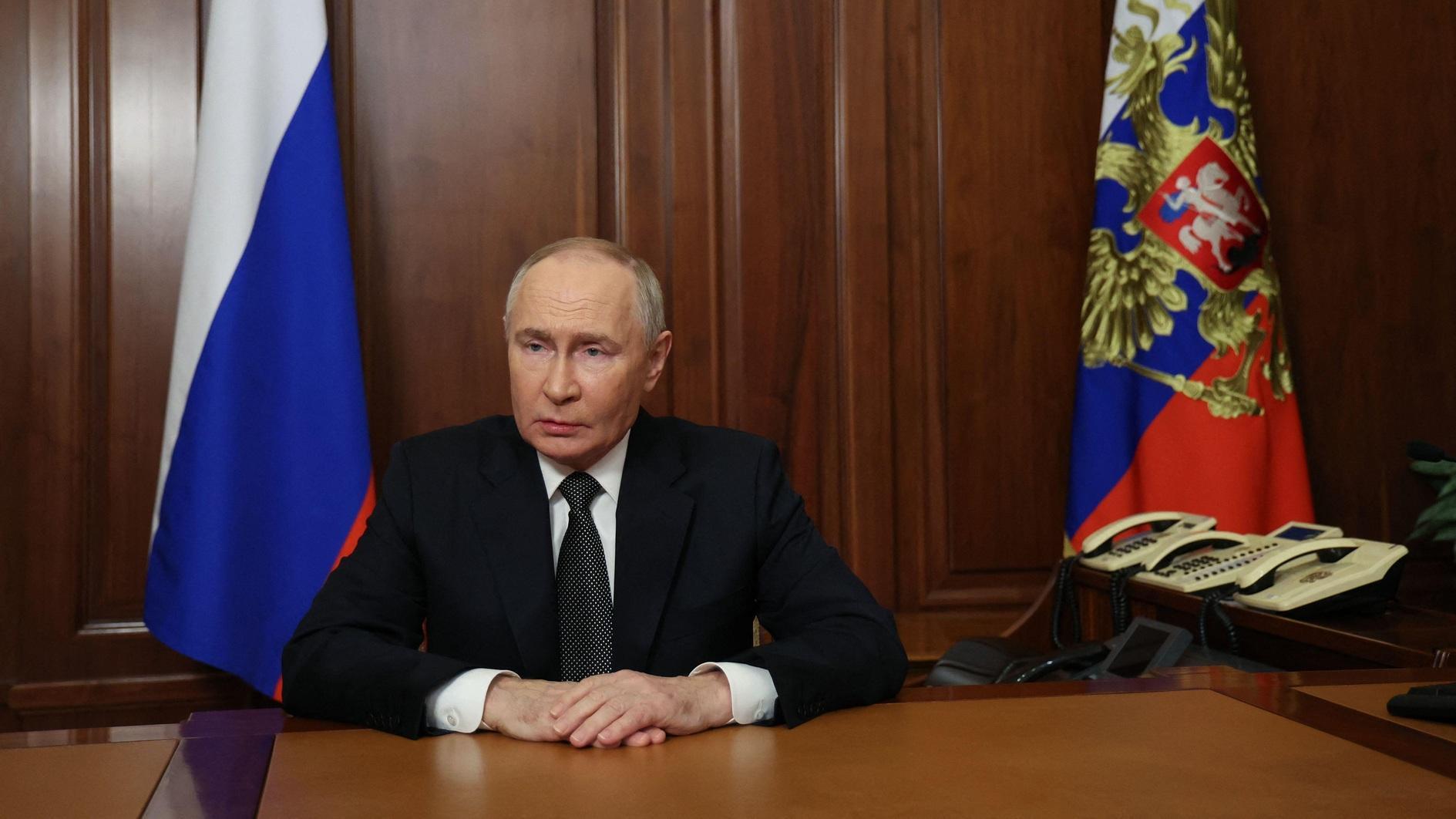Low inflation could be a hitch in US Federal Reserve’s plans
WASHINGTON - Reuters

This file photo shows traders working on the floor of the New York Stock Exchange. AFP photo
There are many signs the United States is emerging from a quagmire of sluggish economic growth. The pace of inflation is not one of them.America’s jobless rate has fallen nearly a percentage point over the last year, home construction has accelerated and household debt burdens appear to be their lightest in a decade.
Companies, however, are struggling to raise prices, and many measures of inflation have slowed dramatically over the last year. This is the opposite of what often happens when an economy gathers steam.
Experts are divided over why inflation has cooled, but it could be a sign of lasting damage dealt to the economy by the 2007-09 recession. If so, it could get in the way of the Federal Reserve’s plans to end a bond-buying stimulus program by the middle of next year.
At Perfect Printing in Moorestown, New Jersey, managers are worried over rising costs for ink, which the family-owned company uses to make marketing material for clients.
The problem is that the pace of business is too weak for the printing company to pass higher costs along to customers. Sales plunged in 2008, and it has taken five years just to get back to pre-recession levels. Staff have tried to raise prices, but have backed off after clients warned they could take their business elsewhere.
Temporary factors
Inflation has cooled in the last year for everything from healthcare to recreation to clothing.
Consumer prices rose 1.3 percent in the 12 months through June, roughly half the pace recorded in early 2012, according to the Fed’s preferred inflation gauge. The slowdown is also evident in a less-volatile core index, which strips out food and energy costs.Very low inflation scares policymakers because it raises the chances an economic shock - say, a meltdown in Europe or China - could tip prices and wages into a downward spiral known as deflation.
Acknowledging this risk, Fed Chairman Ben Bernanke said in July that inflation would have to rise before the Fed could end its bond-buying program, which aims to lower interest rates so businesses can expand and take on new workers. But he has also said he expected it to turn higher before long, in part because some of the recent slowdown could be due to temporary factors such as federal budget cuts, which have eased price pressures by denting healthcare spending.
Indeed, recent signs that inflation may be at least stabilizing - that is, not slowing any further - have bolstered expectations that the Fed will begin reducing its bond purchases at its next meeting in September. At the same time, however, the Fed looks increasingly divided over why inflation has been persistently below its 2 percent target.
Minutes for the central bank’s July 30-31 meeting released on Wednesday showed that a number of policymakers argued persistent economic weakness was behind the current low level of inflation, rather than temporary factors. They warned this could keep inflation from accelerating anytime soon, further supporting the case for highly accommodative monetary policy, according the minutes.
The struggles of companies like Perfect Printing point to this more fundamental factor keeping inflation low.
One way to see this softness is in wage data, which show that years of high unemployment have slowed growth in the pool of money that can be spent at U.S. businesses. Between 2007 and 2012, hourly wages and benefits climbed 11 percent, just half the gain posted in the prior five years.
That has hurt sales at companies, and has made small businesses more hesitant to raise prices.
The net share of small companies that planned price hikes fell in July to 15 percent, matching its lowest since late 2011, according to survey data from the National Federation of Independent Business.
Broad malaise
Many researchers are surprised inflation isn’t even lower given that the unemployment rate has been above 7 percent for more than four years. Some macroeconomic models predicted America would sink into deflation a year or two ago, but that didn’t happen. This has made it more difficult to gauge how much prices are being affected by slack in the economy.
“It is a hard time to understand inflation because we are in uncharted territory,” said Laurence Ball, a professor of economics at Johns Hopkins University in Baltimore.
















